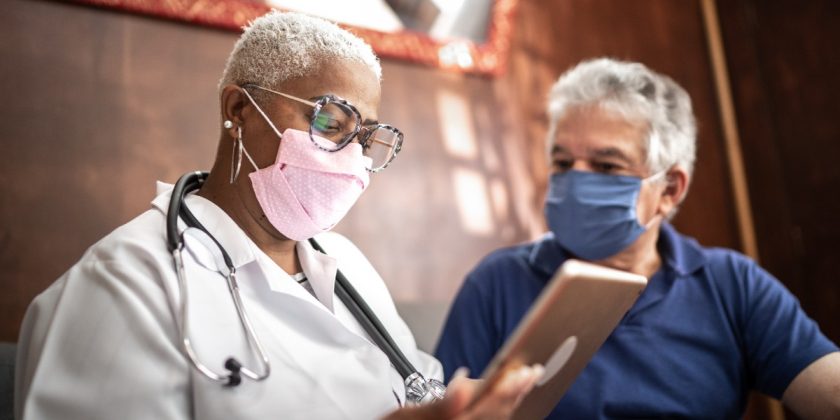The COVID-19 crisis has made it more clear than ever that a medical emergency can strike at any time – sometimes, with dire consequences.
And in situations when a patient can’t communicate their preferences around end-of-life treatment, their providers, family members and other stakeholders would ideally have easy access to those wishes.
Unfortunately, that’s not always the case.
“If you’re not able to talk to them, or your piece of paper that you put in a locked safety deposit box or on a refrigerator somewhere – if it’s not with you, guess what? They can only act on the information they have,” said Maria Moen, SVP of innovation and external affairs at ADVault.
As Moen, who will be presenting on digitized advance care planning, or ACP, at HIMSS22 in Orlando next month, explained, advance care planning is still often paper-based – which can lead to confusion and delays when emotions may be running high.
“I always tell people, ‘Even if you’re not sick now, planning for healthcare in the future is an important step towards making sure you get the medical care you want if you’re unable to speak for yourself,'” she said.
In contrast to common misconceptions about who needs ACP, she said, it is for everyone 18 and older. At the least, adults could designate a loved one as an agent and make their contact information accessible to emergency responders or medical teams.
“You could be 30 years old and healthy and suddenly be impacted by a health crisis,” she said.
This is important because ACP allows patients to control their own autonomy, she added.
“What healthcare professionals need to know in the hospital is what matters most to the patient receiving care,” she said.
This could include how long they want to receive care and any concerns they have about particular treatments.
“Advance care planning is a dynamic process,” she said. “It involves many discussions where individuals anticipate and discuss future health states and preferred treatment options.”
Moen said that the process considers a patient’s quality-of-life goals and how they may want treatment decisions handled, should they become incapacitated.
“Through experiencing this process, people are better able to articulate, share and assert their personal values, goals and preferences,” she said.
The dynamic nature of that process, however, also reveals another disadvantage with paper-based ACPs: If multiple versions exist, it’s sometimes not clear which is the most up to date.
“Even if they’re stored in your electronic medical record, document management of dozens or hundreds of scanned PDFs can be a technical journey, similar to going into the basement to dig through dusty filing cabinets full of paper,” she said.
“There isn’t always an opportunity to perform that discovery during a health crisis,” she added.
Moen noted that work is underway to enable ACP documents to move from system to system.
“HL7 is working on creating FHIR data exchange, integration, sharing and retrieval standards for advance care plan information,” she said.
“The adoption of interoperable data exchange by technology solution providers, coupled with a desire by healthcare providers to access data across care settings as a part of delivering person-centered care, has really been a huge driver for increased innovation,” she said.
Enabling information sharing, she said, “is what people want. It’s what providers want. And we’ve just got to continue the march forward.”
Moen, along with the MITRE Corporation’s Jessica Skopac, will discuss more in her panel, “Advance Care Planning Hits the 21st Century with FHIR.” It’s scheduled for Wednesday, March 16, from 11:30 a.m.-12:30 p.m. in Orange County Convention Center W311E.
Kat Jercich is senior editor of Healthcare IT News.
Twitter: @kjercich
Email: [email protected]
Healthcare IT News is a HIMSS Media publication.
Source: Read Full Article
